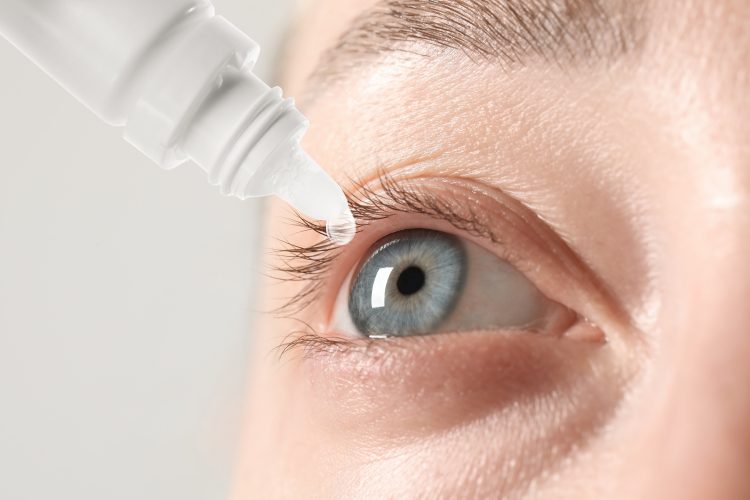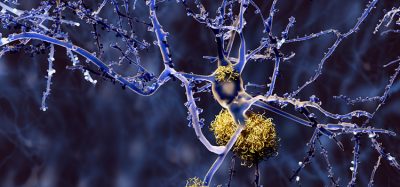Non-invasive eye drops provide new solution for dry AMD patients
Posted: 2 January 2025 | Drug Target Review | No comments yet
A new peptide-based eye drop treatment for dry AMD offers a non-invasive, effective alternative to injectable therapies, enhancing patient convenience and care.


Dr Seo’s team has focused on the inflammatory signalling pathway of Toll-like receptors (TLRs), critical in the pathogenesis of AMD. By constructing an extensive library of over 190,000 peptide drug candidates with structures similar to natural TLR signalling proteins, they utilised advanced screening technology to identify peptides capable of inhibiting harmful protein interactions.
The efficacy of these peptides was validated in animal models, where mice with induced dry AMD received the peptide-based eye drops. Treated mice demonstrated retinal cell protection and reduced retinal degeneration, with results comparable to healthy control groups. This marks a significant milestone, indicating that non-invasive eye drops can offer comparable benefits to existing injectable therapies for dry AMD.
The introduction of this novel eye drop formulation brings numerous advantages. It enhances patient convenience by eliminating the need for repetitive invasive procedures and reducing associated risks. The non-invasive nature of the treatment also lowers costs, making it a more accessible and safer alternative for AMD patients. “We plan to pursue collaborative research with domestic and international pharmaceutical companies to advance global clinical trials for this innovative dry AMD therapeutic,” explained Dr Seo.
KIST, founded in 1966, continues to spearhead cutting-edge research addressing national and global challenges. This breakthrough has been supported by the Ministry of Science and ICT through KIST’s major project initiatives and the Excellent Young Researcher Program.
This study was published in Advanced Science.
Related topics
Drug Delivery, Drug Discovery, Drug Discovery Processes, Ophthalmology, Peptide Therapeutics, Translational Science
Related conditions
age-related macular degeneration (AMD)
Related organisations
Korea Institute of Science and Technology (KIST), National Research Council of Science & Technology
Related people
Dr Moon-Hyeong Seo








